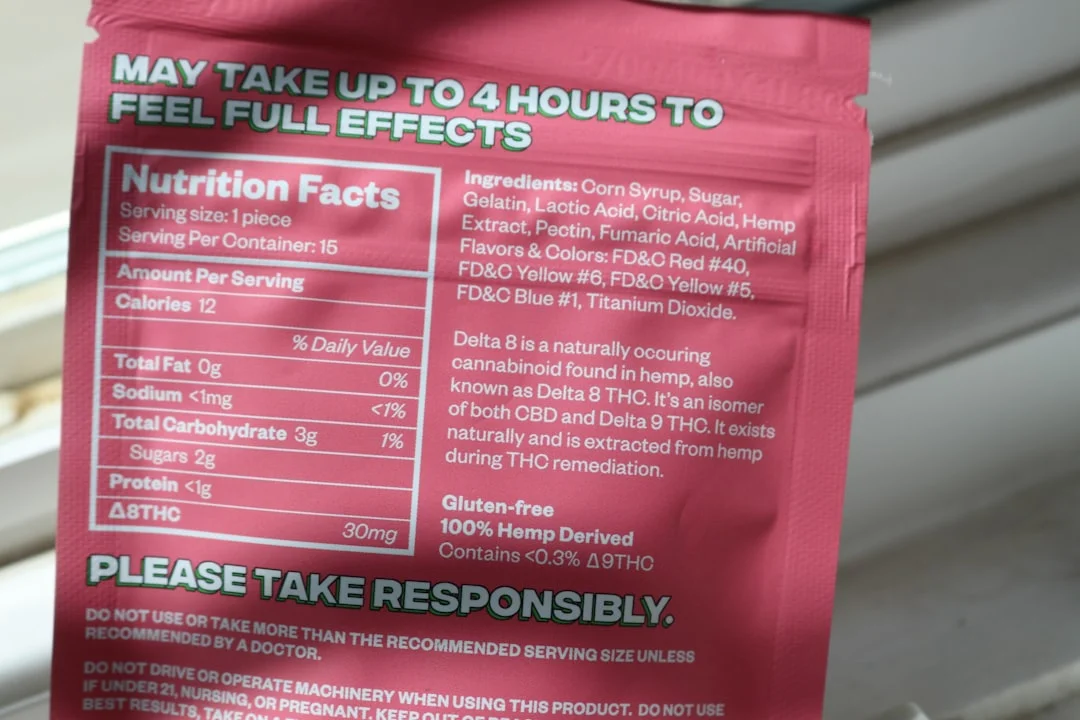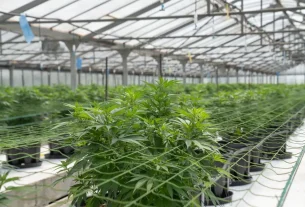Estimated Reading Time: 7 minutes
II the ever-evolving world of wellness, CBD has emerged as a beacon of hope for many, offering a natural pathway to balance and well-being.
But with so many options lining the shelves, understanding the differences between full spectrum vs broad spectrum CBD is crucial to making informed decisions about your health.
I’ve personally navigated this landscape, experimenting with different types to find what truly resonates with my body and lifestyle.
Join me as we unpack these two powerful forms of CBD, exploring their unique characteristics and helping you discover which might be the perfect fit for you.
The world of CBD can seem like a complex maze, but at its core, it’s about harnessing the power of the hemp plant.
Understanding the different CBD formulations, especially the crucial distinction between full spectrum and broad spectrum, is a step towards empowerment.
Let’s delve into the nuances to demystify the process.
The key lies in the’spectrum’– a term that refers to the range of cannabinoids and other beneficial compounds present in the product.
Think of it like a musical spectrum: different notes create different experiences.
Full-spectrum CBD contains *all* the naturally occurring cannabinoids, terpenes, and flavonoids found in the hemp plant, including trace amounts of THC (tetrahydrocannabinol – the psychoactive component, but typically less than 0.3% in legal products).
Broad-spectrum CBD, on the other hand, offers a similar profile, minus the THC.
Then, there’s CBD isolate, which is pure CBD, devoid of other cannabinoids.
The magic of full-spectrum CBD often lies in the’entourage effect.’This is the synergistic interaction between the cannabinoids, terpenes, and flavonoids, working together to amplify their therapeutic benefits.
Consider my own experience: a friend, grappling with chronic back pain, found significant relief with a full-spectrum oil.
It wasn’t just the CBD working alone; it was the combined power of all the compounds.
This integrated approach can provide a more holistic and potentially more effective outcome for some.

Interesting fact: Terpenes, the aromatic compounds in the hemp plant, are also believed to contribute to the overall effects.
For instance, myrcene, found in some strains, is known for its relaxing properties, potentially enhancing the benefits of CBD.
For those seeking a THC-free option, broad spectrum CBD is a great choice.
It’s like having the benefits of the’entourage effect’without the THC.
This can be particularly appealing for people who may undergo drug testing, have sensitivities to THC, or simply prefer to avoid it.
While the absence of THC might slightly alter the overall experience, broad-spectrum CBD still harnesses a wide array of beneficial compounds.
A friend, a professional athlete, uses broad spectrum CBD.
Due to her profession, she needed to be sure of THC-free options, so broad spectrum gave her the peace of mind she needed while still feeling the benefits she was searching for.
Broad-spectrum CBD also contains terpenes.
These compounds contribute to the unique aroma and potential therapeutic effects of different hemp varieties.
These fragrant molecules can play a significant role in CBD’s effects on the body, providing different benefits.
Choosing between full spectrum vs broad spectrum CBD depends on your individual needs and preferences.
Ask yourself a few questions to help guide your decision-making:
Regardless of your choice between full spectrum vs broad spectrum CBD, prioritize quality.
Look for products that have been third-party tested by a reputable lab.
This ensures the product’s purity, potency, and the accurate cannabinoid profile.
Certificates of Analysis (COAs) should be readily available and easy to understand.

As a rule, only consider a brand if it readily provides independent lab results.
My own journey with CBD began years ago, prompted by bouts of stress that were impacting my sleep.
I started with a broad-spectrum oil, which provided a calming effect without the THC.
Later, I experimented with full-spectrum products and experienced a more profound sense of well-being.
The difference wasn’t night and day, but I noticed a subtle increase in my overall comfort.
It really brought home the need to understand the full spectrum vs broad spectrum CBD and what might work best.
Quick Tip: Start with a low dose and gradually increase it until you find the sweet spot for your body.
Everyone responds differently, so be patient and listen to your body’s signals.
I reached out to Dr. Emily Carter, a respected naturopathic doctor with years of experience, for her insights.
She shared, “The choice between full spectrum vs broad spectrum CBD is highly individual.
I often advise my patients to start with broad spectrum if they are concerned about THC or are new to CBD.
However, for those seeking a more comprehensive effect, full-spectrum CBD can be incredibly beneficial.
It’s all about finding the right fit for each person’s unique physiology.” Her perspective really underscored the need for the user to focus on their own experience and response to any CBD product.
Here are a few examples of real-life experiences, underscoring the practical application of understanding the differences in full spectrum vs broad spectrum CBD:
Ultimately, the decision between full spectrum vs broad spectrum CBD is a personal one.
I always suggest researching product quality and understanding the effects on *your* body.
The goal is to find a form that fits your lifestyle and contributes to your overall well-being.

Remember: Start low, go slow, and always consult with a healthcare professional before incorporating CBD into your routine.
If you’re still unsure which CBD option is right for you, experiment with small doses and different products to see what resonates best.
Trust your body, listen to its signals, and don’t be afraid to experiment.
The journey to wellness is a personal one, and understanding full spectrum vs broad spectrum CBD is just one step on the path to optimal health.
One last thought: While you’re exploring CBD, don’t neglect other aspects of your health like a healthy diet, regular exercise, and stress management.
These habits often work synergistically with CBD to promote overall well-being. Ready to unlock more health secrets? Join our newsletter for weekly health tips!
Frequently Asked Questions
What is the entourage effect, and why is it important in full-spectrum CBD?
The entourage effect is the synergistic interaction between all the cannabinoids, terpenes, and flavonoids present in full-spectrum CBD. These compounds work together to amplify their individual therapeutic benefits, potentially leading to a more comprehensive and effective outcome compared to isolated compounds.
It’s like a team working together, where the combined effort is greater than the sum of individual contributions.
Are there any side effects associated with full-spectrum or broad-spectrum CBD?
CBD is generally considered safe, but some people may experience mild side effects such as drowsiness, changes in appetite, or digestive issues. These side effects are usually temporary and dose-dependent. Always start with a low dose and observe your body’s response.
Additionally, it’s important to ensure you’re using high-quality products that have been third-party tested to avoid any unexpected compounds.
Can I fail a drug test if I use full-spectrum CBD?
Yes, there is a small risk of failing a drug test when using full-spectrum CBD due to the presence of trace amounts of THC (typically under 0.3%). While this amount is low, it can accumulate in the body over time.
If you are concerned about drug testing, broad-spectrum CBD or CBD isolate products are the safest options, as they are specifically formulated to be THC-free.
How do I determine the correct CBD dosage for my needs?
Determining the correct CBD dosage is very personal and should be approached methodically. Start with a low dose, usually 10-20mg of CBD, and gradually increase it over several days or weeks. Observe how your body responds to each increase.
Factors like your body weight, metabolism, the severity of your symptoms, and the product’s concentration will influence the ideal dose. It’s also recommended to consult with a healthcare professional, such as Dr. Carter above, for personalized guidance.
What is the best way to store CBD products?
To maintain the potency and effectiveness of your CBD products, proper storage is important. Keep CBD oils, capsules, and edibles in a cool, dark place away from direct sunlight and heat. A cupboard or pantry is ideal. Make sure the product’s container is sealed tightly to prevent oxidation and degradation.
Always check the expiration date and discard any product that appears discolored or has an unusual odor.



